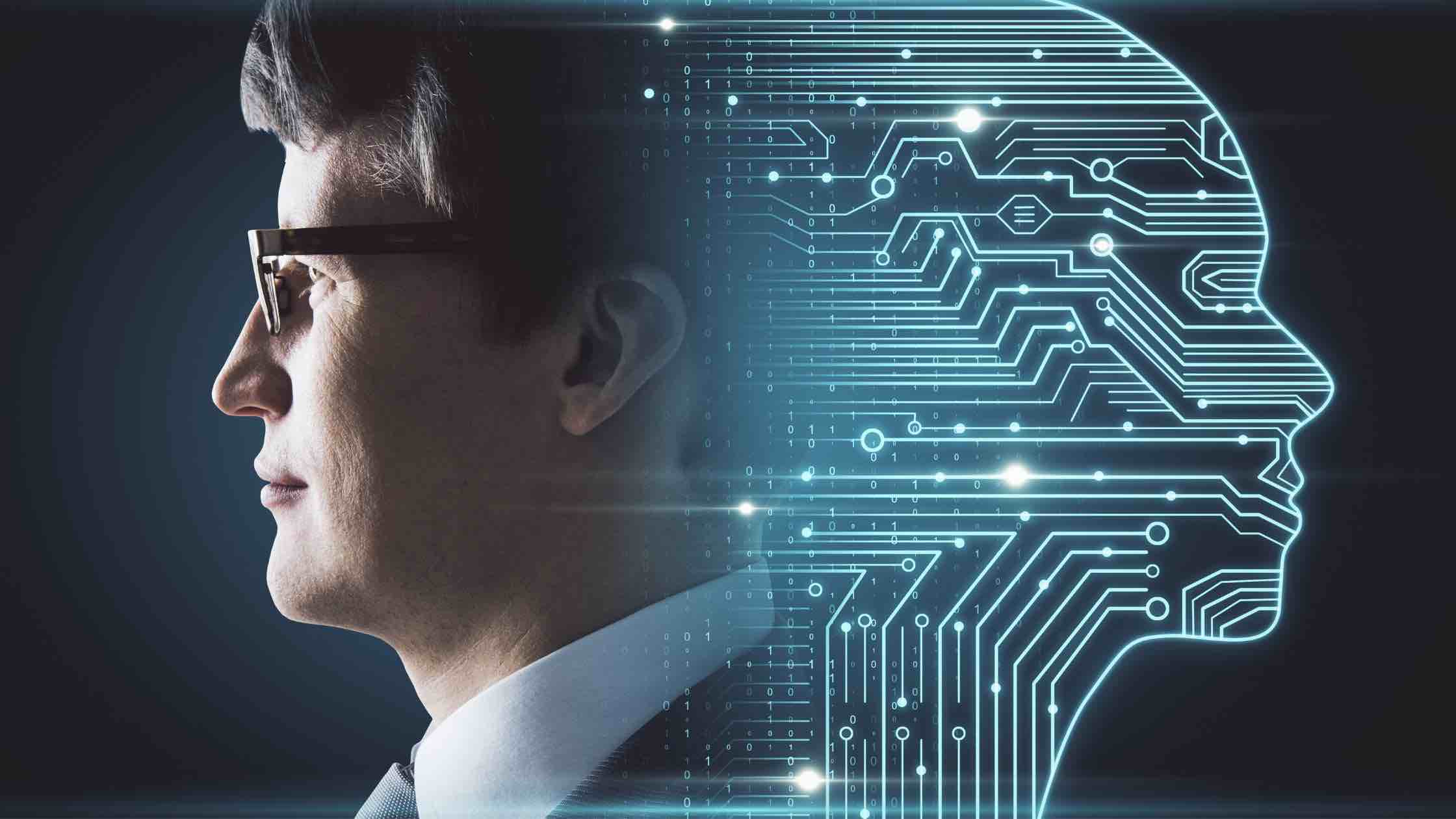Artificial Intelligence (AI) is already replacing some human jobs, particularly those that involve repetitive tasks or data processing.
However, it is important to note that AI is not a monolithic technology that will replace all human jobs in one fell swoop.
Some jobs are more susceptible to automation than others.
For example, jobs in manufacturing, transportation, and some service industries are more likely to be automated than jobs in healthcare, education, and creative fields. However, even within these industries, not all jobs can be automated.
Moreover, while AI is advancing rapidly, there are still many tasks that humans perform better than machines, such as tasks that require creativity, emotional intelligence, or complex problem-solving.
Therefore, it is more likely that AI will complement human workers rather than replace them entirely.
That said, it is important for individuals and society as a whole to prepare for the potential impact of AI on the workforce.
This could include investing in education and training programs that help workers develop new skills and transition to new industries, as well as developing policies that ensure the benefits of AI are distributed fairly.
Artificial intelligence
and humans can work together in several ways, depending on the specific task or application.
Here are a few examples:
- Augmented intelligence: AI can be used to augment human intelligence, by providing tools and insights that help humans make better decisions or complete tasks more efficiently. For example, AI-powered virtual assistants can help humans manage their schedules, find information, or automate simple tasks.
- Collaborative problem-solving: Humans and AI can work together to solve complex problems that neither could solve alone. For example, in medical diagnosis, AI algorithms can help doctors analyze large amounts of patient data to identify potential health issues, while doctors can use their expertise to interpret the results and make treatment decisions.
- Creative collaboration: AI can be used to generate new ideas or inspirations that humans can build on or refine. For example, AI algorithms can be used to generate new designs or music, which human artists can then modify and develop into original works.
- Monitoring and oversight: AI can be used to monitor and oversee human activities, providing alerts or feedback to help ensure that tasks are completed correctly and efficiently. For example, in manufacturing, AI algorithms can monitor production processes to identify potential issues, while human operators can make adjustments as needed.
- Personalization: AI can be used to personalize products and services to individual users, based on their preferences and behaviors. For example, e-commerce websites can use AI algorithms to recommend products to users based on their purchase history and browsing behavior, while humans can handle customer service and support.
Overall, the key to successful collaboration between humans and AI is to find ways to leverage the strengths of both, while minimizing their weaknesses.
This can help create more efficient and effective workflows, and lead to better outcomes for both humans and machines.
Read more on Crenov8:
What impact will artificial intelligence have on an organization’s long-term strategy?
Using Technology, Data, and Artificial Intelligence to improve the Customer Experience






